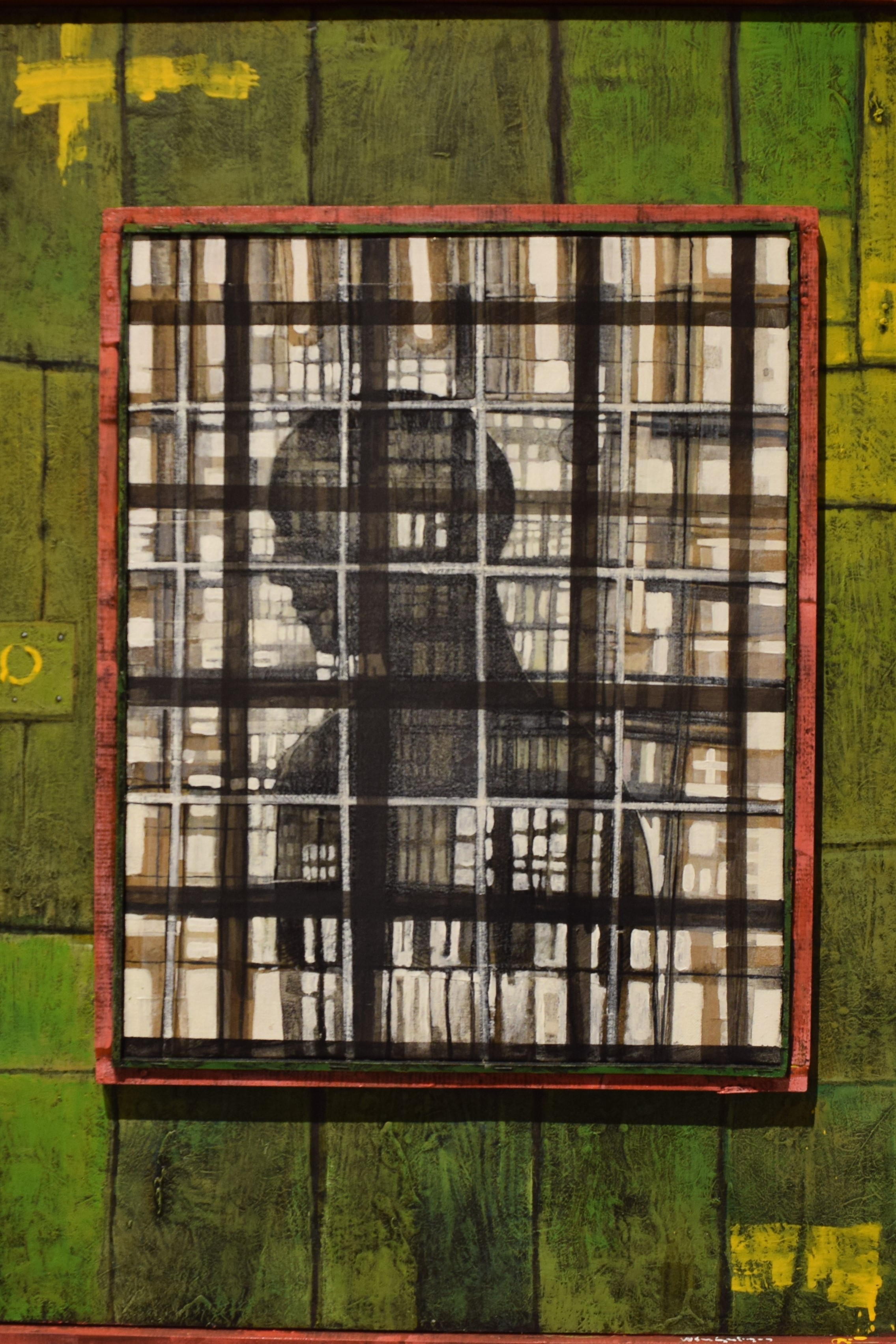Abstract
This article is based on the notion of transtextuality as an essential feature of any literary work. Two comedies are analyzed comparatively: Aulularia, by Plautus and The greedy man, by Molière. The analysis is hermeneutical and stylistic. It is observed that are similar comedies because they have the greedy man as a main character and target of their social critic. In addition, formal similarities between comedies are numerous: high dramatic tension, customs and beliefs exibition, living and stylized language, type characters, beatings, comic situations, criticism of certain occupations/professions and a predominant role of slaves. Both books also take up classic antiquity: Plautus, the Hellenic one; Molière, Greco-Roman one. Finally, both comedies subject is the same. Given these similarities and taking into account Genette's theory in Palimpsestos, it is concluded that the relationship established between comedies is indirect hypertextuality or imitation. In particular, a kind of imitation called forgerie. The reason for the existence of such relationship between comedies is primarily ancient world's arquetipicity, which suits with the fact that Molière belonged to the literary movement known as Neoclassicism.References
Bayet, J. (1975). Literatura latina. Pról. J. Clota. (4ª ed). Barcelona: Ariel.
Bernardi, C. & Susa, C. (Eds.). (2008). Storia essenziale del teatro. Milán: Vita e Pensiero.
Campos Vargas, H. (2011). «Por qué y cómo de la onomástica en la Aulularia de Plauto (254 a. c. -184 a. c) ». Káñina, Rev. Artes y Letras, 35 (1), 19-25.
Chávez Robledo, P.; García Guerrero, J.; Piedra Noriega, I.; García Bruce, C; González Treviño, J. (2009). «La ética médica en la obra de Molière». Avances, 6 (19), 38-48.
Domenech, R. (1967). «Molière». En: Cuadernos Hispanoamericanos, 215, 420-428. Recuperado de http://www.cervantesvirtual.com/nd/ark:/59851/bmcnp2p1 Consulta: 24 de julio de 2016.
Friedrich, H. (1973). Humanismo occidental. Trad. R. Gutiérrez Guirardot. Buenos Aires: Sur.
Fontán, A. (1974). Humanismo romano. Barcelona: Planeta.
Garçon, M. (1979). « Luis XIV es Molière? » Trad. J. Farrut. Revista Historia, 97, 98-119.
Genette, G. (1962). Palimpsestos: La literatura en segundo grado. Trad. C. Prieto. Madrid: Taurus.
Molière. (1997). «El avaro» En: Teatro. El enfermo imaginario, El burgués ennoblecido, El avaro, Las mujeres sabias. México: Editores Mexicanos Unidos, 17-65.
Jordan, P. (2010). «In Search of Pantalone and the Origins of the Commedia dell'Arte». Revue internationale de philosophie, 2 (252), 207-232.
Plauto. (1968). Comedias: Aulularia, Anfitrión, Rudens. Trad. E. Farrés. Barcelona; Bruguera.
Schmitt, N. (2004). «Commedia dell'Arte: characters, scenarios, and rhetoric». Text and Performance Quarterly, 24 (1), 55-73.
Saulnier, V. (1962). La literatura francesa del siglo clásico. Trad. E. Schoo. Buenos Aires: Editorial Universitaria de Buenos Aires.
Staiger, E. (1966). Conceptos fundamentales de poética. Trad. J. Ferreiro. Madrid: Rialp.
Valverde, J. (1984). Movimientos literarios. (2ª. reimpr.). Navarra: Salvat.






